the maiden flight of the Falcon Heavy, which will be the most powerful active launcher; Launching missions to the Moon, Mars, Mercury and the Sun, and the successor to the Kepler Space Telescope in search of extrasolar planets; Two asteroid probes arrived at their destinations; And the launch of the manned American spaceships Dragon 2 and Starliner - 2018 is expected to be a very busy year in the field of space.
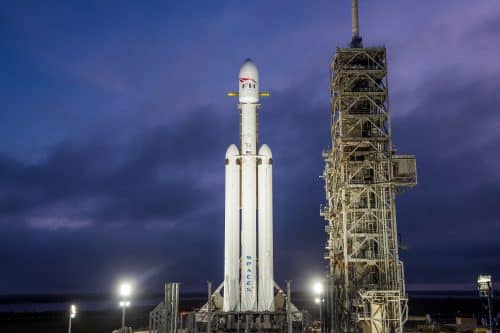
2017 was a fascinating year in the field of space, in which we witnessed, among other things,first flight of a used Falcon 9 launcher, toA total solar eclipse across the US ValIts exciting ending of the Cassini spacecraft around Saturn. We have also witnessed many scientific discoveries such as Locating a seven-planet system similar in size to the Earth, The disturbing Findings of Jupiter's Juno spacecraft, Discovery of a guest asteroid from interstellar space andFirst identification of neutron star collision using gravitational waves and electromagnetic radiation at the same time.
The new year, however, looks even more promising, and very busy in everything related to the space field. Here are the new tasks and important events that we expect in 2018:
The world's most powerful launcher and Elon Musk's space car
Already this month, if SpaceX manages to meet its current schedule, we will see the maiden flight of the company's new launcher, The heavy falcon. The launcher consists of a modified two-stage Falcon 9, with two additional first stages attached to its first stage. If its test flight is successful, which SpaceX founder and CEO Elon Musk has doubted, it will become to the most powerful active launch vehicle in the world.
SpaceX yesterday released spectacular drone footage of the heavy Falcon while it stood for a short time on the launch pad, in preparation for a static combustion test, which will be carried out before giving the green light for the maiden flight. View:
If the launcher does not explode on its first launch, it will carry into space the Elon Musk's Tesla Roadster. the car will be launched to an elliptical orbit around the sun of sorts Hohmann - It will reach the distance of Mars from the Sun, but unlike other spacecraft that use the Hohmann orbit as a transition path before entering orbit around Mars (or another celestial body), the space car will remain in this orbit, according to Musk, for a billion years.
Will the US return to sending humans into space?
This year we may see the first launch of American astronauts by an American spacecraft, for the first time since then Grounding the space shuttles in 2011. The US currently depends on Russia to send its pilots to the International Space Station, and pays huge sums for it - Russia charges it About 80 million for a single plane ticket in her Soyuz spacecraft.
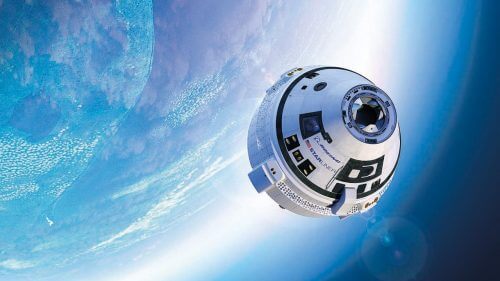
As part of its "Commercial Crew Program", NASA Has chosen In 2014, SpaceX and Boeing will develop a private spacecraft that will carry American crews to the International Space Station. SpaceX is developing the Dragon 2, an upgraded version of its existing cargo spacecraft, and Boeing is developing a new spacecraft, called the CST-100 Starliner.
The two spacecraft are similar in their basic design: a space capsule that can carry up to seven people, equipped with a heat shield to allow it to survive reentry into the atmosphere at the end of the mission. SpaceX had previously planned to allow Dragon 2 to make a powered landing using its rocket engines (the main purpose of which is to allow the spacecraft to escape from the launcher in the event of a launch failure), but eventually dropped the idea, and the Dragon 2 will land in the middle of the sea using parachutes. The Starliner will also land using parachutes, but on land, and use airbags to absorb the force of the impact on the ground.
Both companies plan, as of today, to conduct the first test flights of the spacecraft this year - SpaceX plans a first unmanned test flight of the Dragon 2 in April, and a first manned flight in August, while Boeing plans to conduct a first unmanned test flight of the Starliner in August, and a manned flight in November
At the same time, a report by the "Government Accountability Office" warned Because the companies may encounter difficulties in developing the manned spacecraft and reaching a sufficient level of safety to launch humans into space, which may result in the postponement of the first manned launches to 2019.
India plans to land near the south pole of the moon, China on its far side, and what about Israel?
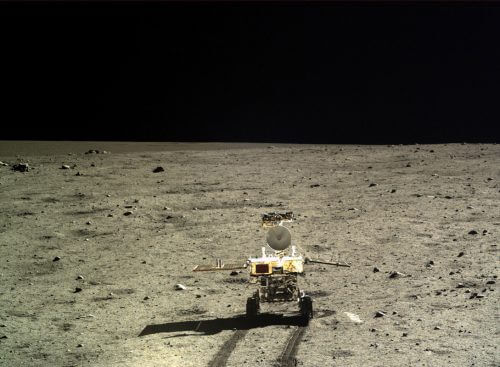
The moon is expected to play a central role in space exploration this year, with several missions to it: Chandrian 2, India's second mission to the moon, and its first to attempt a soft landing on it, Planned for launch next March. It will include three components - a probe, a lander and a rover. After entering an orbit at an altitude of 100 km around the moon, the lander and the rover will detach from the orbit and land near the south pole of the moon. After landing, a tiny 20 kg rover will detach from the lander and begin to circle the surface, with a nominal mission duration of one lunar day (14 Earth days).
Chang-ah 4 The Chinese hope to make a breakthrough in the study of the moon - to land on its far side, an area that has never been explored from the surface of the earth and from which it is not possible to communicate directly with the Earth. In the middle of the 2018 The first part of the mission will be launched - a compass that will serve as a relay station and solve the communication problem on the far side. At the end of the year, China will launch the central part of the mission - a lander and a small rover. These were originally built as a backup for the mission's lander and rover Chang-ah 3 From 2013.
This year we may see for the first time private landings on the moon, as part of a competition Google Lunar XPRIZE, which includes a requirement to make a successful landing on the moon and move to a distance of at least 500 meters from the landing site. After several postponements, the current final date for completing the competition goals is March 31, 2018.
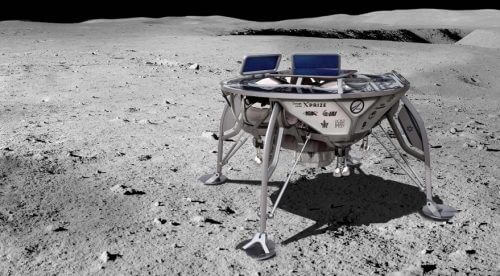
The Israeli team, SpaceIL, warned Recently he has to obtain additional funding to continue his activities. In an interview with the science website said The chairman of the Israel Space Agency, Prof. Yitzhak Ben Israel, who is optimistic about obtaining the necessary funding and the success of the mission.
Besides the Israeli team, four more teams remained in the competition - the Indian team TeamIndus plans to launch a lander to the moon to carry a rover of the Japanese team, Hakoto. However, similar to the Israeli team, TeamIndus Recently announced Because it needs an additional 35 million dollars in financing. Moon Express The American will also try to land on the moon, using the commercial lander it is developing, MX-1E. The fourth team, Synergy Moon, has not released details regarding its status and rate of progress.
The lander to explore the depths of Mars
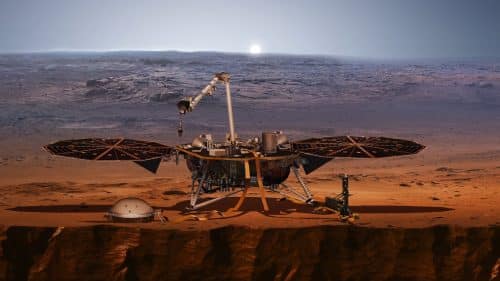
After a two-year delay in launch, due to leakage In one of its scientific instruments, NASA will launch the lander next May InSight, with a landing on Mars half a year later, in November. The lander, which will be identical in design to the Phoenix lander from 2008, will investigate the internal structure of Mars using a seismograph, in order to better understand the formation processes of it and the other rocky planets. Another device, known as a "mole", will be able to dig down to a depth of about 5 meters to measure the escape of heat from the depths of the planet.
Along with the lander, two small satellites will also be launched MarCO (short for Mars Cube One). They will be the first CubeSat satellites to be launched into deep space, and their purpose is to test a faster communication capability with the control center on Earth, during the atmospheric entry and landing phases of InSight.
The probe that will "touch" the sun
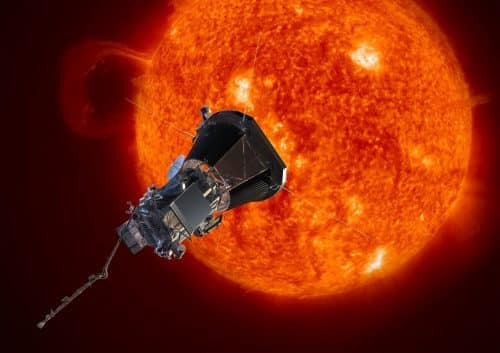
Between July and August NASA will launch the Parker Solar Probe (Parker Solar Probe), which will reach the closest distance to the Sun ever. She You will pass through the crown of the sun (the upper layer of the sun's atmosphere), in order to investigate the formation of the solar wind phenomenon, in which particles from the corona are accelerated and spread everywhere in space.
The spacecraft will be launched on a long journey of 6 years, in which it will make a large number of flybys near the planet Venus, in order to gradually approach the Sun. The maximum approach to the sun will not be reached until 2024, but already this year, a few months after launch, the spacecraft will break the current record of approach to the sun.
The European-Japanese mission to the planet Hema
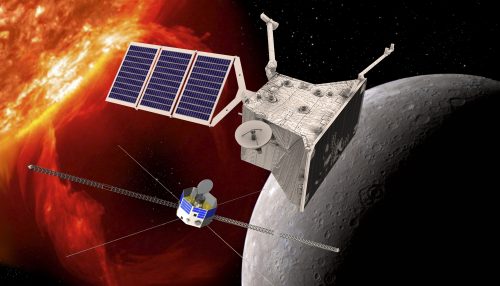
Mercury is the least studied planet in the inner solar system, mainly due to its great proximity to the Sun, which makes it difficult for spacecraft to reach it and for telescopes from Earth to observe it from afar. Only two previous spacecraft have studied it closely so far - Mariner 10 in the 2011s, and Messenger, which entered orbit around it in 2015 until it crashed into it in XNUMX.
BepiColombo, which will be launched in October this year, is a joint mission of the European Space Agency (ESA) and Japan (JAXA). After a 7-year journey, during which it will make several flybys near Earth, Venus and Mercury, the spacecraft will enter orbit around Mercury in 2025.
Upon entering orbit, the two probes that make up BepiColombo will detach and explore the planet separately: ESA's Mercury Planetary Orbiter will study the surface and internal structure of Mercury, and the Mercury Magnetospheric Orbiter of JAXA, as its name suggests, will study its magnetosphere.
Kepler's successor in the search for twin Earths
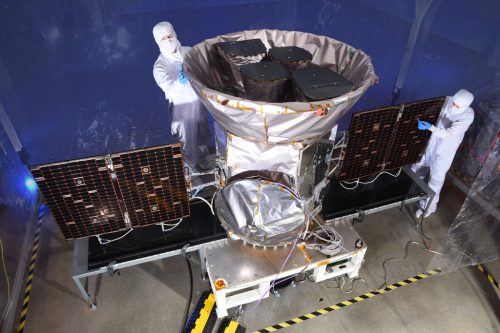
The Kepler space telescope's mission, launched in 2009 to find exoplanets, has been one of NASA's most prolific, with more than 2,500 exoplanets discovered. that were discovered through it. However, in 2013 the telescope suffered a mechanical failure that has made it difficult to operate ever since, and most of its discoveries are based on data it collected before the failure.
This year, NASA will launch the space telescope that "inherited" it in the hunt for Earth's twins - TESS (Abbreviation of Transiting Exoplanet Survey Satellite). The current schedule for launching the telescope is between March and June 2018.
Similar to Kepler, TESS will detect extrasolar planets indirectly, using the eclipse method in which the telescope will measure with great precision the brightness of hundreds of thousands of stars. By measuring periodic reductions in the light of a star, it is possible to infer the existence of a planet that passes between the star and the telescope, hiding some of its light. Unlike Kepler, which observed for four years a single point in the sky, TESS will perform a comprehensive survey of the entire sky. During a two-year main mission, the telescope will divide the firmament into 26 segments, 13 for each hemisphere, with an observation duration of 27 days per segment (it will observe the poles of the firmament continuously for about a year, in a way that will provide more findings from these areas).
Another mission to study extrasolar planets, CHEOPS of the European Space Agency, may also be launched at the end of the year, but its launch may be delayed to 2019.
Yabosa 2 and Osiris-Rex will reach their asteroids
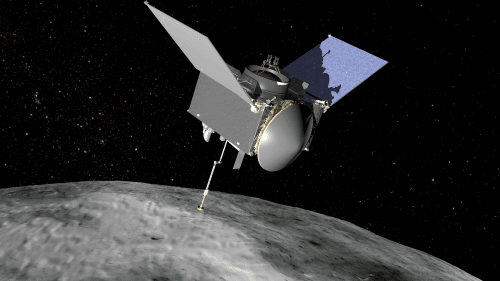
This year we will hopefully witness the arrival of two research probes at their destinations - Yabusa 2 Japanese, which was launched in 2014, will arrive at a near-Earth asteroid Ryugu July; Osiris-Rex the american, which was launched in 2016, will reach the near-Earth asteroid Bennu in August.
The two spacecraft will study and map the asteroids closely, land on them and collect a sample from the surface, which they will return to Earth for careful laboratory testing. The duration of the Osiris-Rex mission is quite long, and its sample is expected to reach Earth only in 2023. In contrast, Yabosa 2 is expected to return its sample to Earth as early as 2020.
More new space launchers
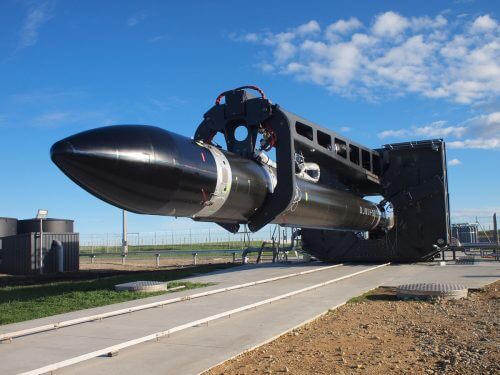
In addition to the Falcon Heavy, two additional new space launchers are expected to enter operation this year:
The American company Rocket Lab will try to launch its new launcher at the beginning of the year, electron, which is intended for launching small satellites weighing up to 225 kg. The launcher made a maiden flight in May 2017, but failed to reach Earth orbit.
Another company, Virgin Orbit, from billionaire Richard Branson's Virgin Group, I mean make a first test flight for the small satellite launcher Launcher One, which will be launched at an altitude of 10.6 km from the wing of a Boeing 747 aircraft.

4 תגובות
I think SpaceX is so committed to the BFR booster that they won't even get the chance to consider a Falcon Heavy with 4 boosters.
They want to launch several BFRs to Mars already in 2022, and if you take into account that every launch of a "normal" Falcon includes the loss of a stage 2 launcher, while the BFR does not - they will not try to compete themselves. Rather, one has to assume that we will not see very many launches of a heavy Falcon, before the BFR takes its place.
If Elon Musk succeeds in his plan with SpaceX's heavy launcher, it may be that in a few years he will add two more boosters to the launcher, thereby increasing the weight of the launched cargo. This will probably require dealing with quite a few engineering problems, but it is likely that it will be possible to meet this.
to Lorem,
As for TESS - indeed, the telescope is designed to search for planets around nearby and bright stars, which are more suitable for deeper observations from the ground or using the Hubble and James Webb space telescopes, and less for creating a representative sample of the types of planets common in the galaxy, as Kepler did.
In addition, this is only the main mission of TESS. If it does not suffer from malfunctions like Kepler, it will be able to continue operating for more than twenty years - https://twitter.com/FringeDoctor/status/918627581389185024
It's just a shame that he had already suffered some kind of malfunction with his cameras, which in the cold of space went a little out of focus - although this is not a malfunction of the acute level that Hubble had, with an expected damage of only 10% in the number of planets he could locate - http://spacenews.com/cameras-on-nasa-exoplanet-spacecraft-slightly-out-of-focus/
The launch of the Falcon Heavy is currently scheduled for January 15, if no further delays apply.
Basically, the TESS satellite has a bias for detecting planets very close to the Sun. More distant stars may not undergo a double eclipse in the 27-day period, or may not undergo an eclipse at all.
2017: Summary
https://www.youtube.com/watch?v=0-7kJPf9bbE